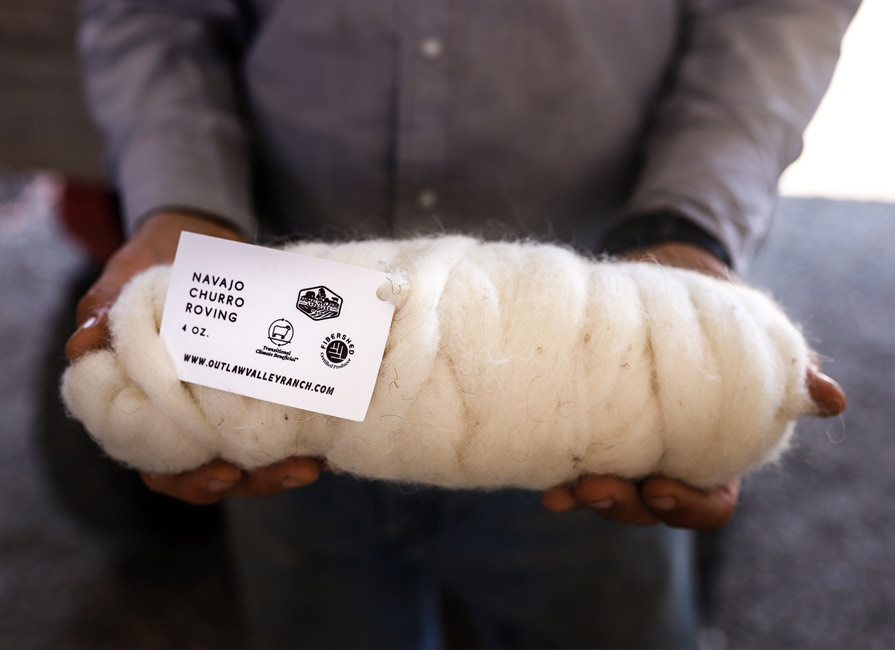Market research shows that today’s consumers are increasingly interested in knowing where their food comes…

10 Things You Can Do For The Planet Instead of Giving Up On Animal Agriculture
At A Greener World, we have an annual tradition counting down the top ‘gifts’ we’ve received from Big Ag–and wish we could return.
This year’s haul was a greatest hits list from the last decade: unproven, unlabeled genetically modified organisms (GMOs) in our food; increased antibiotic abuse in food animal production; wildly misleading label claims; fake meat, continued soil degradation, extreme weather made worse by climate change–the list goes on. So to close out the decade, instead of restating the challenges we’ve covered previously, we’re doing something different: We’re looking at one of the biggest misconceptions to come out of the twenty-tens, and offering a science-based take on what to do instead.
Going Vegan to Save the Environment? Think Again.
Like most people, you probably care about the planet and are looking for ways to make a positive impact. If you depended on headlines for advice, you might think going vegan is the answer. Unfortunately, in today’s polarized, soundbite-driven society, what should read: “High-consuming countries and individuals need to reduce consumption of industrial meat” becomes “Meat is killing the planet.”
Except that it’s not. Industrial agriculture is absolutely harmful, but there are other ways to raise animals. And demonizing all meat and dairy is making us miss the higher-impact solutions right in front of our faces. While swearing off sustainable animal products does NOT have a proven climate benefit, reducing non-renewable energy consumption, for example, or cutting back on air travel definitely does.
So this year we’re sharing a range of actions you can take to help the planet instead of giving up meat. We know some of these are controversial, but they are based in real science. We figure that when people have good information about the impacts of their lifestyles they can make their own decisions. Please note that for the purposes of this post, figures are based on standard American consumption.
10 Things You Can Do for the Planet Instead of Giving Up on Animal Agriculture
- Switch to certified sustainable meat and dairy. Very few labels guarantee this (we certify most of them at A Greener World), and most claims are just dressing up the same old industrial products. Learn your labels here.
- Don’t buy stuff you don’t need. Excessive production and consumption of consumer goods (which often end up in the landfill) have a significant, and many argue unnecessary, impact on global greenhouse gas emissions.
- Switch to renewable energy. Not everyone has this option. For other similarly ranked emissions cuts see #4, #5 and #6. It’s also worth noting that most people can cut energy consumption (#9).
- Get more miles per gallon–or eliminate gallons per mile. The ultimate would be to live car-free; and while we know that’s a high goal you can also significantly improve your fuel efficiency with a motorcycle or hybrid vehicle.
- Stop flying. Or fly less and offset your emissions with a reputable organization (read more here about the mixed bag of offsetting emissions).
- Have one fewer child, cat or dog. We recognize this is a a really tough topic and not anyone else’s business, but data shows having one fewer child has the single highest impact on emissions, and pets consumer significant energy and resources.
- Vote and advocate for climate policies with demonstrated positive effects on emissions. The impact of this is incalculable.
- Don’t buy into fake meat. It’s big, it’s processed, it’s expensive and it’s unproven–and it’s making a lot of shareholders very rich at the expense of real solutions. Instead, when you eat animal products, if you can, eat nutritionally appropriate amounts of high-welfare, grassfed meat and dairy from AGW-certified farms practicing climate-friendly agriculture (we don’t really need grilled chicken on everything, do we?).
- Reduce your energy consumption: ditch your dryer, use energy-efficient light bulbs and reuse/recycle. These add up to modest emissions reductions and they’re relatively easy to do. Also, while many people are already living small by necessity, for those with large underutilized houses and an interest in reducing emissions, consider downsizing. Less space to heat and cool, fewer rooms to buy stuff for (see #1) and less to clean!
- Share solid information about food and farming with your friends and family. Get started here: https://agreenerworld.org/
The first step in all of this is calculating your baseline emissions. A vegan with three houses, jet-setting across the globe, has a higher carbon footprint than a subsistence goat-herder in a one-room hut. Of course, most of us fit neither description, and our lifestyles will impact our emissions. There are many carbon footprint calculators out there, but remember that most estimates of food-related emissions are calculated using industrial agriculture figures (with their inherent dependence on fossil fuels and massive deforestation). So if you’re mostly eating Certified Grassfed by AGW beef, your actual emissions will be lower–plus you’re also supporting better water stewardship, responsible antibiotic use, independent farmers and humane animal treatment.
However you crunch the numbers, diet is typically a much smaller share of our individual emissions than energy and transportation. So while we should all be pushing for real policy action on the climate emergency, at an individual level we have to choose between real change and the appearance of change. You may feel righteous about your new plant-based diet, but that probably doesn’t help your grandkids have a livable planet—and it certainly won’t support the kind of low-input, sustainable animal farming we need for a sustainable future.
Our advice? Work out your baseline emissions, then pick something from the list above and do your best. Until our elected officials start taking the climate emergency seriously, it’s down to us to take the lead.



